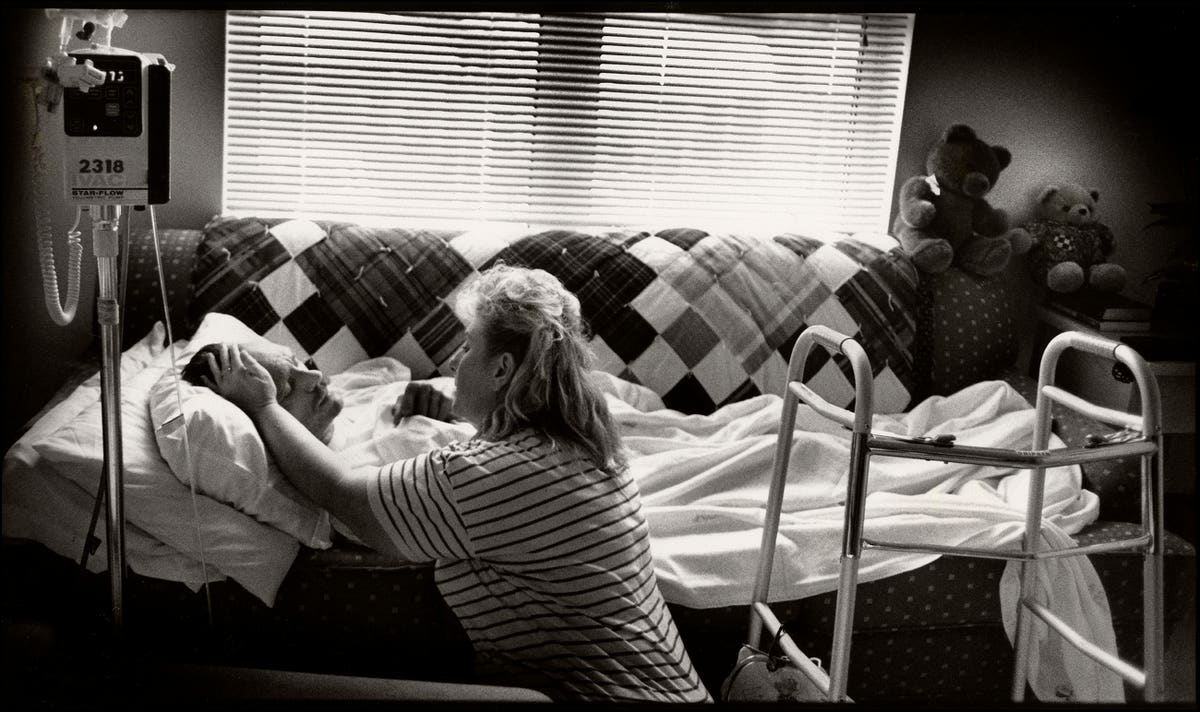Dr. Randy Curtis was diagnosed with Lou-Gehrig’s disease in 2021, and died last February. Curtis was a renowned critical care physician at the University of Washington in Seattle (UDub!), a scholar so productive that new articles continue to come to press after his death, including a recent study in JAMA that might show a way for most of us to die the way we want to.
Many people die in ways, and even in locations, that go against their preferences. They don’t want to be put on ventilators and, yet, spend their last days in intensive care units tethered to breathing machines. They don’t want cardiopulmonary resuscitation (CPR), and, yet, receive full-on “codes” when their hearts stop.
Much of this unwanted care could be avoided if patients (aka: “people”) discussed their treatment preferences with their clinicians. But sadly, physicians frequently fail to hold such goals-of-care discussions with their patients, and even when they do engage in these discussions, a second problem often arises: they don’t know how to communicate with patients about their treatment preferences.
Even before the recent JAMA article, Curtis and colleagues had done important work to overcome these two problems. They developed a Jumpstart Guide, with simple language designed to promote conversations that are more effective. Instead of an awkward start to the conversation (“We should talk about what to do if your heart stops”), the guide would suggest a gentler icebreaker (“I want to know what is important to you so that we provide the best care to fit your goals. Is that okay?”). They even showed in a randomized trial that, when patients and clinicians use the guide, there is a significant increase in goal-of-care conversations.
This is all fine and dandy (to quote most of our grandmothers), but an effective intervention will not do any good unless people use it. Randomized controlled trials are typically designed to show whether a given intervention works when incorporated into clinical care. They are not usually designed to figure out whether clinicians and patients will actually use the intervention.
That is where Curtis’s new study comes in. He and his colleagues programmed the electronic health record (EHR) to identify patients with serious illness, to prepopulate the computer with the communication guide, and to email that guide to the patient’s physician. In other words, they made the intervention automatic. They didn’t wait for physicians to take the initiative: “This patient is really sick; I should re-check their potassium, order that new antibiotic and, oh yeah, initiate a goal-of-care conversation.” Instead, they alerted physicians to the importance of holding a goals-of-care conversation, for this particular patient, while simultaneously pointing physicians towards the Guide, thereby empowering physicians with a sense that they can effectively carry on this often difficult conversation.
This simple intervention worked. In the absence of the intervention, clinicians documented goals-of-care conversations in 30% of seriously ill patients. That number rose 34.5% among patients whose clinicians got the Guide inserted into the EHR. A 4% increase might not seem like much. But think about it this way: in response to a simple, non-intrusive EHR intervention, 1 out of 25 clinicians document these important conversations in seriously ill patients who would otherwise have not done so.
Seriously ill patients deserve medical care that aligns with their goals. In the last months of his life, Dr. Randy Curtis took an important step towards making such alignment automatic.
Read the full article here





